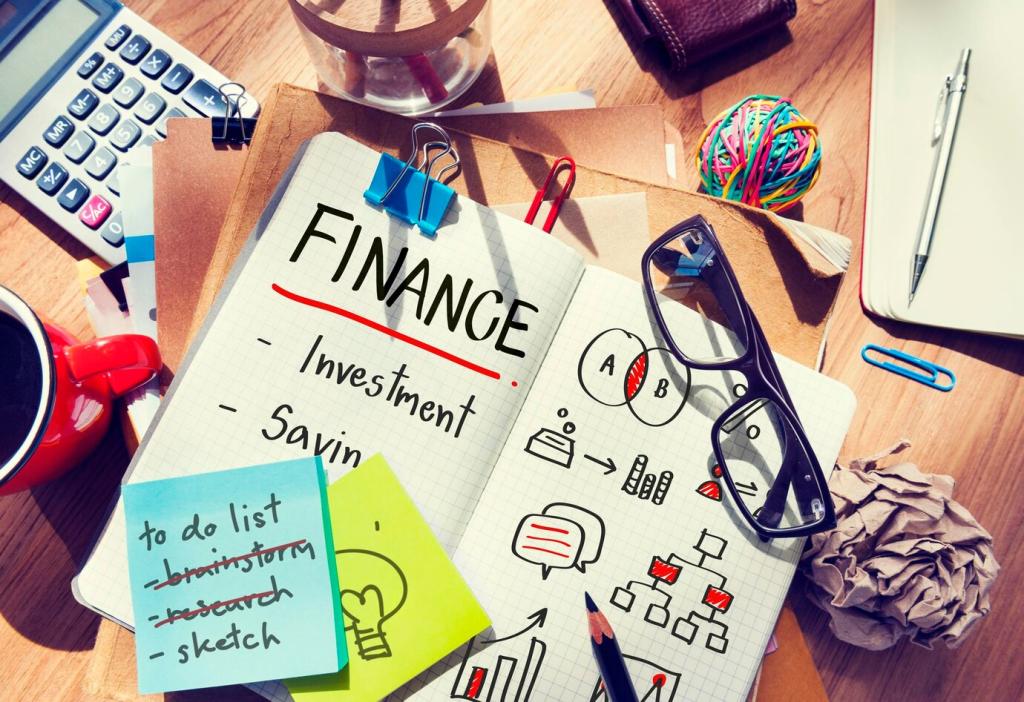Set Your Foundation: Goals, Time Horizon, and Risk
Trade vague wishes for specifics that stir your motivation. Instead of save more, try invest $250 monthly for a home down payment in five years. The clearer your target, the easier it becomes to choose accounts, investments, and habits that keep you moving forward.
Set Your Foundation: Goals, Time Horizon, and Risk
Short timelines favor stability; long timelines reward growth. If a goal is three years away, lean conservative. If it is decades out, growth assets like broad stock index funds can shine. Write your timelines down, then choose vehicles that suit each horizon.
Set Your Foundation: Goals, Time Horizon, and Risk
Risk tolerance is about sleeping well, not bravado. Imagine your investment dropping 20 percent in a bad year. Would you panic or stay the course? Pick a mix you can maintain through storms so compounding works uninterrupted on your behalf.
Set Your Foundation: Goals, Time Horizon, and Risk
Lorem ipsum dolor sit amet, consectetur adipiscing elit. Ut elit tellus, luctus nec ullamcorper mattis, pulvinar dapibus leo.








